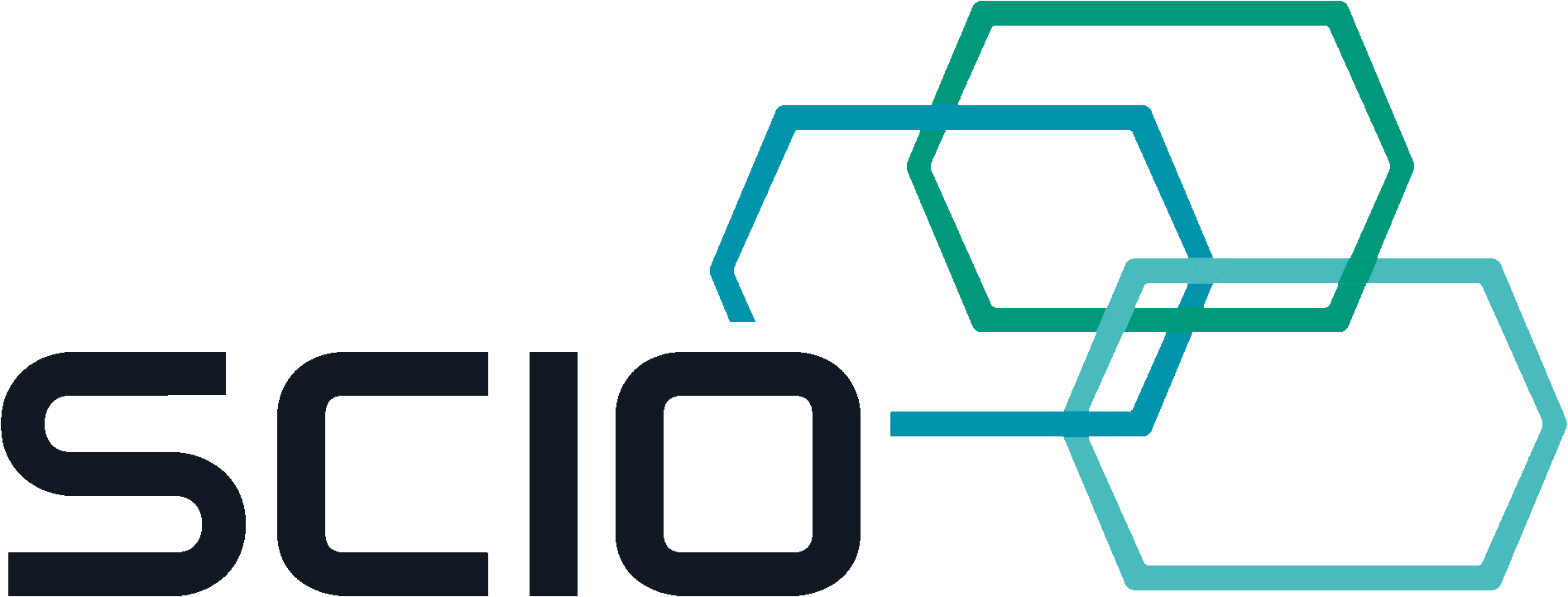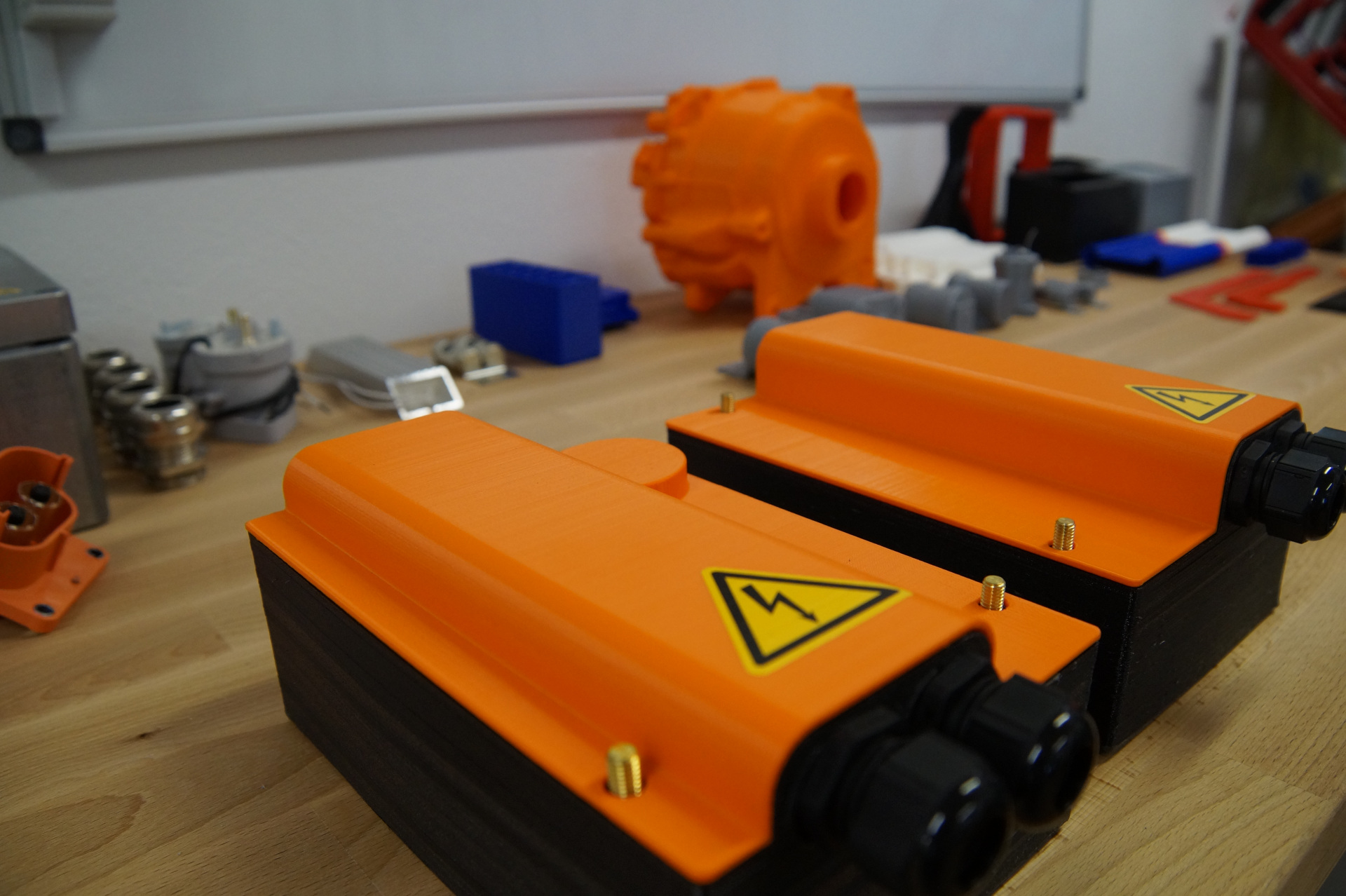World leading companies use innovation to open markets and acquire new customers. Organizations dedicate enormous amounts of time and resources in order to develop innovative products. Specifically, product development is the great challenge and, in most companies, is connected with an enormous effort. By using new and efficient methods in prototyping, such as rapid prototyping, these processes can be significantly accelerated and made more efficient.
In technical prototyping a differentiation is made between different types of prototypes depending on the level of detail. In general, the purpose of prototyping and of the manufactured prototypes is to generate a first draft of the finished end-product before the product moves to the small series production. This step allows the functions and the design of the product to be assessed visually and haptically and enables reference customers to test the product early in the process. This gives the organization an indication of the market response. Prototypes are also a valuable tool in structuring the production process so that the production can be simulated and adjusted where needed prior to high-scale manufacturing.
During the process of prototyping, all project participants from usability experts, designers, developers, production engineers and customers are involved. Through this process, feedback can be obtained early on in the development process in order to adjust and improve concepts in such a way that a user-friendly, market desired innovation is created. Because, in the end, the customer should be at the center of every development process.
We at SCIO have made it our mission to use the benefits of rapid prototyping from day one to convert existing CAD models directly and quickly into workpieces. This accelerates our product development process immensly. Prototyping, together with subsequent usability testing, is a cornerstone of our user-centered design process.
Prototyping is, together with subsequent usability testing, the essential part of our user-centered design process.
Rapid prototyping and 3D printing play a significant role and have enormous advantages over conventional prototyping and modelling methods. 3D printing enables prototypes to be printed in small numbers, in high geometric complexity all in a fraction of the time and costs of traditional methods. 3D printing has established itself as a key factor in the rapid prototyping process leading to a faster, more efficient, customer oriented product development process.

